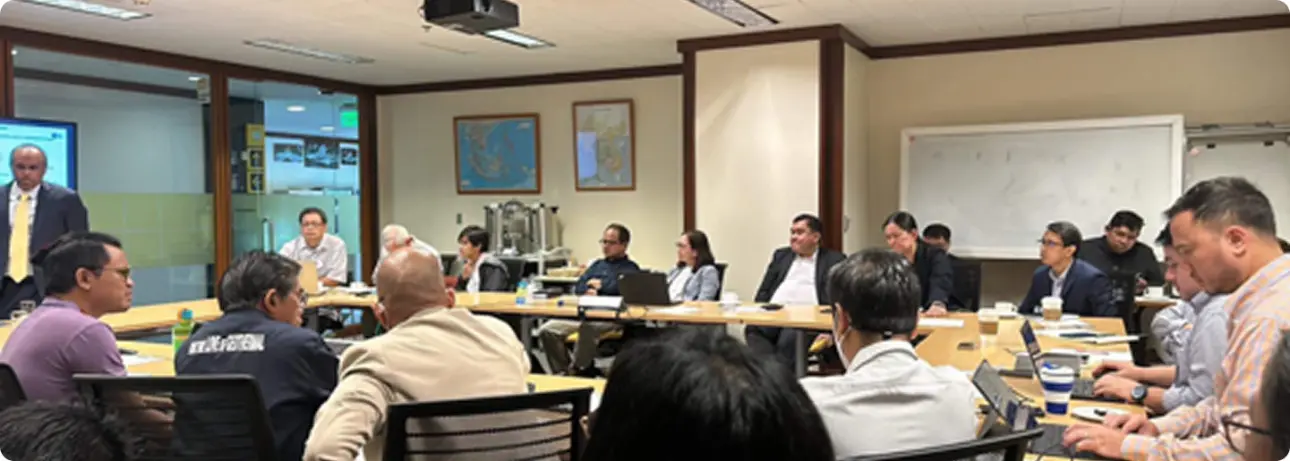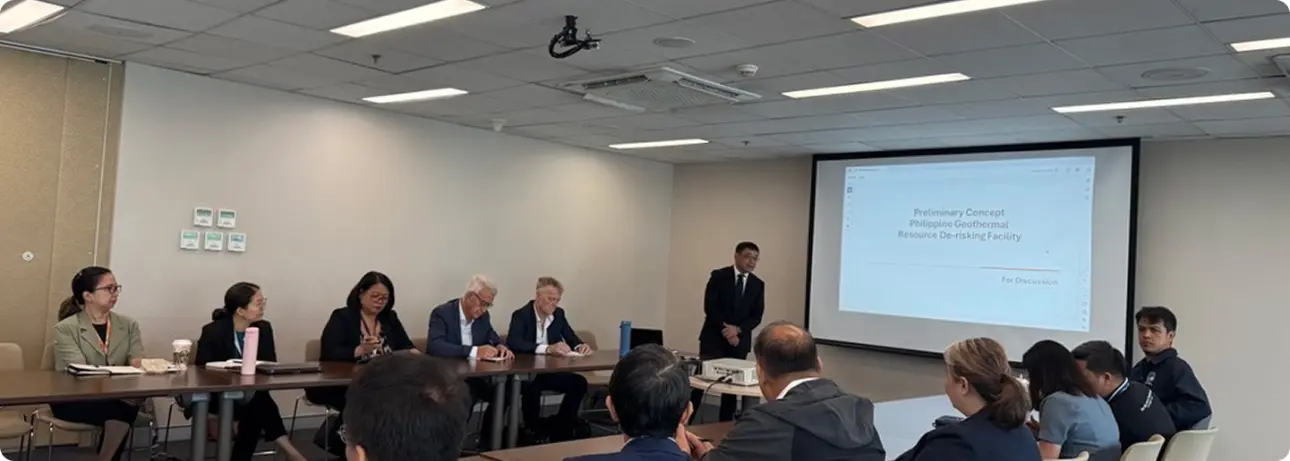NGAP Policy Advocacies
1. Preferential Dispatch for Geothermal Energy
Under DC2022-10-0031, geothermal energy was granted preferential dispatch status in the Wholesale Electricity Spot Market (WESM), ensuring its priority in grid operations.
2. Enhanced Renewable Portfolio Standards (RPS)
Through DC2022-09-0030, the annual RPS requirement was increased from 1% to 2.52%, compelling distribution utilities to source more electricity from RE. This supports the national target of 35% RE share by 2030.
3. 3rd Green Energy Auction Program (GEA-3)
The DOE successfully conducted GEA-3 in 2024, offering 100 MW of geothermal capacity for auction. This round focused on Non-Feed-In-Tariff (Non-FIT) Eligible Technologies, including geothermal, impounding hydro, and pumped-storage hydro.
The Delivery Commencement Period (DCP) for geothermal projects is set from 2025 to 2027, the Notice of Award was made available at the DOE website with instructions to potential Winning bidders to comply with post-auction requirements.
4. Geothermal Resource De-risking Facility (GRDF)
NGAP provided inputs to the DOE in establishing a GRDF, a facility designed to mitigate risks associated with geothermal exploration by sharing exploration costs and risks with private developers.

5. DC2024-06-0018 or the Revised Omnibus Guidelines
The Energy Virtual One-Stop Shop (EVOSS) system, institutionalized under DC2024-06-0018, streamlines RE project applications, evaluations, and monitoring.
Certificate of Authority (COA) - A key innovation in the revised omnibus guidelines is the COA, which allows RE developers to conduct pre- feasibility studies and secure permits before formal contract execution.
Valid for up to three years, the COA grants exclusive rights over a proposed area and serves as DOE’s endorsement for early-stage development.
6. Duty-Free Importation Incentives for RE Projects
Under DC2020-02-0005, all registered RE developers—whether new or existing—are eligible to apply for duty-free importation of machinery, equipment, materials, and spare parts used in RE operations.
This incentive applies within the first ten years of registration and covers both capital equipment and components needed for manufacturing RE systems, provided they are not locally available in sufficient quantity or quality.
